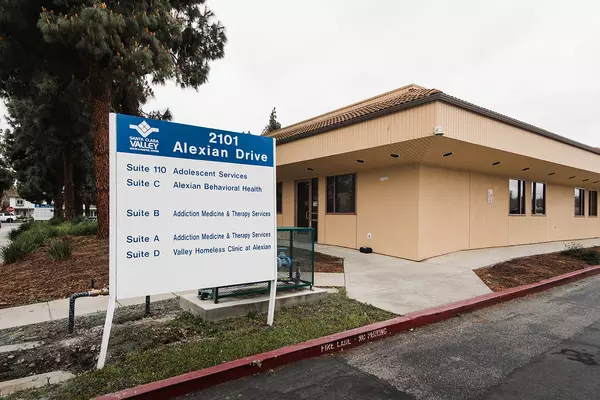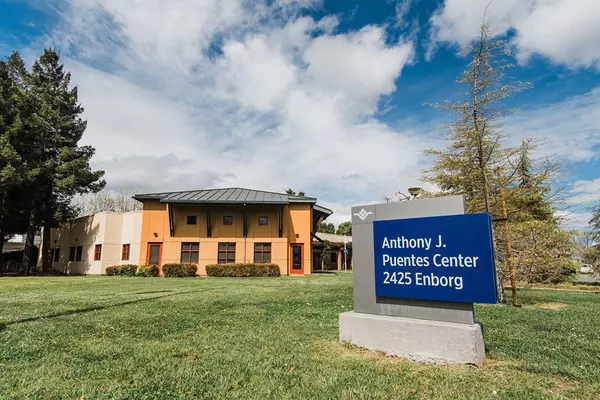Get medication-assisted treatment for mental health
Medication-assisted treatment (MAT) for opioid addiction is use of medications, in combination with counseling and behavioral therapies, to provide a whole patient approach to treatment. MAT utilizes medications, such as methadone, buprenorphine, and injectable naltrexone, to stabilize brain chemistry, block the euphoric effects of opioids, relieve physiological cravings, and normalize body functions.
What is Methadone?
Methadone is a long-acting, synthetic drug used in the maintenance treatment for opioid addiction. It is called an opioid agonist, meaning that it acts in a way similar to morphine and other narcotics.
Why is Methadone used in opioid addiction treatment?
Methadone maintenance is intended to do three things for patients who participate:
- Keeps the patient from going into withdrawal. The standard initial dose is 30-40 milligrams a day, and is adjusted as needed.
- Keeps the patient comfortable and free from craving street opioids. Having a craving means more than having a desire to get high. It means feeling such a strong need, that a person may dream about using drugs, think of using drugs to the exclusion of anything else, and do things that they wouldn’t normally do to get drugs. Methadone won’t control a person’s desire to get high, but may prevent the overwhelming physical need to use street opioids.
- Blocks” the effects of street opioids. If the dose is sufficiently high, methadone will keep the patient from getting much, if any, effect from the usual doses of street opioids.
How is Methadone different than heroin and other opioids?
Methadone is a long-acting drug, meaning that it metabolizes differently in the body than heroin or morphine. When a person takes methadone regularly, it builds up and stores in the body, so it lasts longer for maintenance. Once a person is stabilized on a dose that is right for them, a single dose will ‘hold’ them for at least a full day. For some, the effects last longer; for others, it lasts a shorter time.
When used in proper doses, methadone does not create euphoria, sedation, or analgesic effects, but reduces cravings.
Clinic hours and locations
What is Naltrexone?
Naltrexone is a medication used to treat opioid and alcohol use disorders. It comes as a pill form (ReVia,Depade) or an injectable, extended-release form (Vivitrol). Naltrexone works differently in the body than methadone or buprenorphine, which activate opioid receptors in the body to suppress cravings. Naltrexone blocks the euphoric and sedative effects of opioids by binding and blocking opioid receptors to reduce cravings. If a person relapses and uses the problem drug, naltrexone prevents the feeling of getting high. People using Naltrexone should not use opioids or illicit drugs, drink alcohol, or take sedatives, tranquilizers, or other drugs.
FAQs
When properly prescribed, addiction medications reduce drug cravings and prevent relapse without causing a “high.”2 Methadone and buprenorphine are opioid-based and result in physical dependence, but are fundamentally different from short-acting opioids such as heroin and prescription painkillers. The latter go right to the brain and narcotize the individual, causing sedation and euphoria (a “high”). In contrast, MAT medications help patients disengage from drug seeking and related criminal behavior and become more receptive to behavioral treatments.3 Injectable naltrexone is not opioid based and does not result in physical dependence.4
Individuals stabilized on MAT can achieve “true recovery,” according to leading addiction professionals and researchers. This is because such individuals do not use illicit drugs, do not experience euphoria, sedation, or other functional impairments, and do not meet diagnostic criteria for addiction, such as loss of volitional control over drug use.5 MAT consists not only of medication but also of behavioral interventions like counseling. The medication normalizes brain chemistry so individuals can focus on counseling and participate in behavioral interventions necessary to enter and sustain recovery.6
There is no one-size-fits-all duration for MAT. The Substance Abuse and Mental Health Services Administration (“SAMHSA”) recommends a “phased approach,” beginning with stabilization (withdrawal management, assessment, medication induction, and psychosocial counseling), and moving to a middle phase that emphasizes medication maintenance and deeper work in counseling. The third phase is “ongoing rehabilitation,” when the patient and provider can choose to taper off medication or pursue longer term maintenance, depending on the patient’s needs.7 For some patients, MAT could be indefinite.8 The National Institute on Drug Abuse (“NIDA”) describes addiction medications as an “essential component of an ongoing treatment plan” to enable individuals to “take control of their health and their lives.”9 For methadone maintenance, NIDA states that “12 months of treatment is the minimum.”10
Requiring people to stop taking their addiction medications is counter-productive and increases the risk of relapse.11 Because tolerance to opioids fades rapidly, one episode of opioid misuse after detoxification can result in life-threatening or deadly overdose.12
Deciding the appropriate treatment for a person with opioid addiction is a matter of physician discretion, taking into consideration the relevant medical standards and the characteristics of the individual patient.13 Just as judges would
not decide that a person should treat her diabetes through exercise and diet alone, and instruct her to stop taking insulin, courts are also not trained to make medical decisions with respect to medically-accepted addiction treatment.


